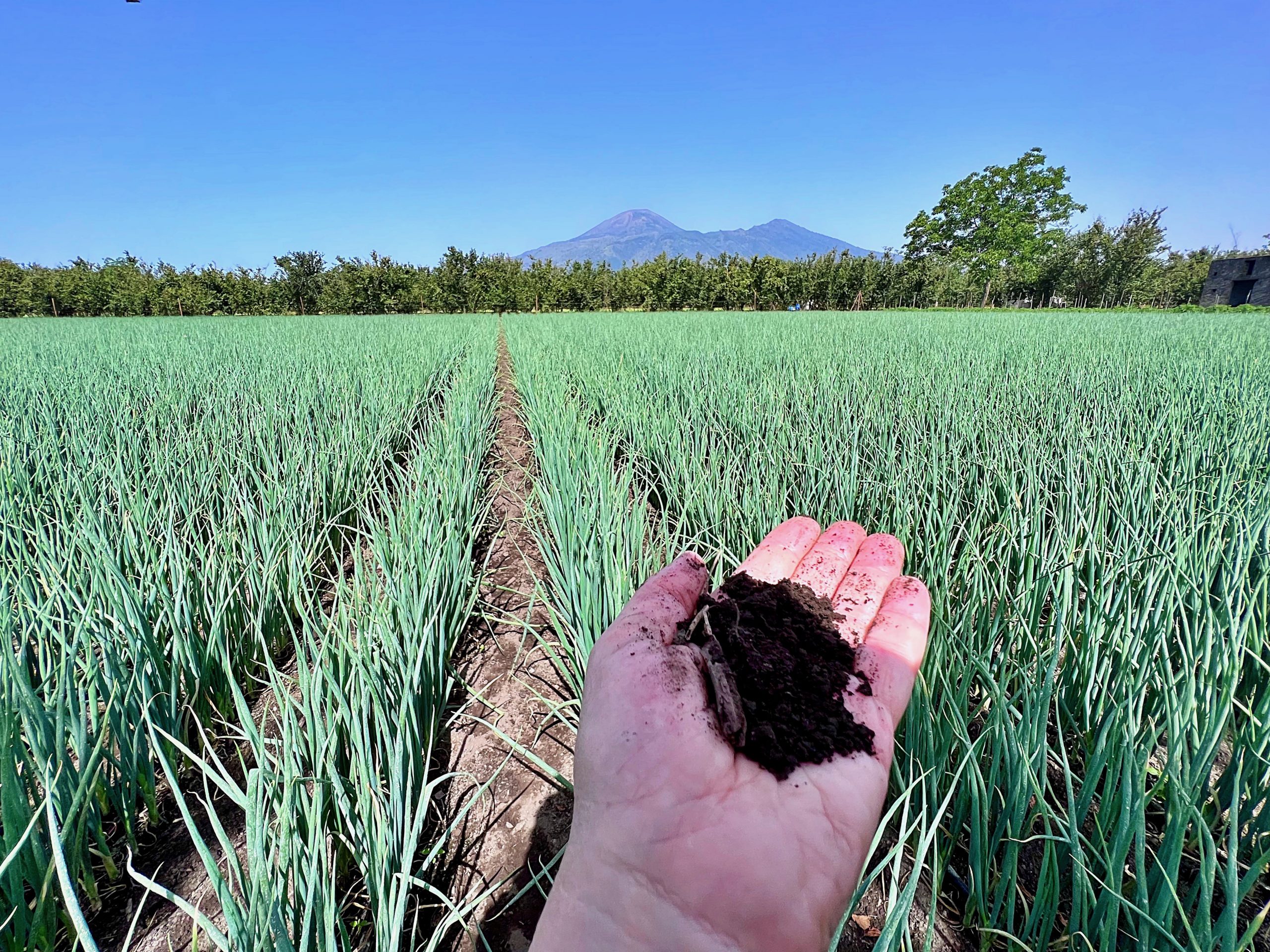 Visiting Naples, I made contact with local farmers in Campania to find out more about the fruit and vegetables of the region via the wonderful Manuela of the ilovefruitandvegetables site.
Visiting Naples, I made contact with local farmers in Campania to find out more about the fruit and vegetables of the region via the wonderful Manuela of the ilovefruitandvegetables site.
Vesuvius is one of the world’s deadliest volcanos. Naples sits between this volcano and the Campi Flegrei or burning fields. You can sometimes smell the sulphur in the air.
I love doing on-the-ground reportage from the trenches – or should I say the fields, furrows and craters – because you find out information you would never usually discover. We carry a whole bunch of assumptions with us wherever we go.
- They like tomatoes green
- Green tomato salad
Everything new I learnt about tomatoes:
In the south of Italy, salad tomatoes should be green. Red tomatoes are for sauce. Green tomatoes are more expensive. This led me to think about how we in the colder countries value ripeness and sweetness, whereas the south values a kind of raw bitterness and acidity, which is rare.
I have written about tomatoes from Campania before, and compared tinned tomatoes for The Guardian here. This time, I visited a young farmer in his first year and Doctor of Agronomy, Angelo Prisco. He looked nothing like what I would imagine a farmer to be, with his gelled hairdo, slick sunglasses, tight trousers and no socks.
He has decided to plant a local tomato, piennolo del vesuvio DOP, which is also known as the Christmas tomato because it lasts, fresh, until December or even, it is said, up to a year. You will see these tomatoes hung up as if in clusters of grapes, around shops and households. The braiding takes place in December.
- Frigatelli being delivered and weighed by a farmer. They are kept in plastic bags to preserve humidity.
- Angelo Prisco, farmer
They last so long because they aren’t watered: it rains rarely therefore the sugars are ruthlessly concentrated into a few tomatoes. ‘We do not want water on the leaves,’ says Angelo.
These vine tomatoes are not allowed to climb as usual but are pinched off at a metre high. The volcanic soil, dark and rich, contributes to their sweetness and flavour. In scientific terms, the Brix (sugar scale) is at 10, whereas ordinary Italian tomatoes are more like a seven.
The harvest lasts from July through to the end of September, and each plant will provide around three kilos of tomatoes, which are picked with the stem and harvested by hand with scissors. Angelo has a small crop, only 16,000 kilos, but they command a higher price than an ordinary crop, around €18 a kilo.
Most of the local tomatoes go to the canning companies like Buitoni and Mutti. One farmer confessed: ‘They aren’t all the San Marzano variety as they claim. Not all ‘long tomatoes’ are San Marzano, we use others too – but they are just as good.’
I saw farmers pull up with pick-up trucks of vegetables to have them weighed. Being part of a consortium, like the Associazione Ortofrutticocoltori Agro located in the small town of Scafati, means they don’t have to worry about storage, packaging, distribution, marketing. But it’s hard nonetheless to make a living as a small farmer when the price of fertiliser has risen by 130%.
- Gennaro Valardo
- pepperoncino
- Friggatelli
At the back table of a darkened family restaurant in Scafati, Ristorante Antichi Sapori, I had a cinematic Scorcese-style lunch with some of the guys from AOA: Gennaro Valardo, the marketing manager; Vincenzo di Massa, the president; and Alfonso Fantasia the ‘consigliere’. At the front, smoke curled up from a brazier on coals. The owner was clearly great mates with the guys for he pulled up a chair and served us more fizzy red. My interpreter Duly (half Spanish, half German), although fluent in Italian, admitted she struggled to understand the local dialect.
After red wine with peach, we were served an intriguing starter: white bread, like processed Mother’s Pride, used for triangular sandwiches filled with pesto, rocket and olives. The men lifted them onto their plates with a knife and fork and proceeded to eat them elegantly with cutlery, while I automatically ate with my hands. But these sandwiches were delicious. I had to stop myself from eating too many. I’ve learnt to pace myself at business-style lunches, especially in Italy where lunch lasts at least three hours.
The restaurant served local dishes using local ingredients: buffalo mozzarella from Battipaglia; garlicky green beans in tomato sauce; small green peppers ‘friggatelli’ in dialect, grown on river banks. These peppers, not spicy, are served simply fried in olive oil with garlic, salt and pepper in the style of padron peppers; their thin skins slick and blackened. Another method is to cook them with piennolo tomatoes as a sauce for ‘candele’ pasta.
I like to watch the little rituals of a meal. Afterwards, tiny thick-rimmed ceramic cups of espresso are served and big brown hands shake down small packets of white sugar, then stir with miniature spoons. I am told you must drink water before coffee ‘to wash the mouth’.
In this part of Italy, crops grow fast, but when there are too many days over 30°C, the plants stop and go dormant. This year, the heat started a month early, in May. According to The Times, coffins are exploding in Palermo, while in the north, the Po river is dry and the sea is being sucked inland, blackening the fields with salt. Most days my iPhone stated the temperature as between 37ºC and 39ºC, with 70% humidity. I couldn’t stand in the sun for long. I asked about climate change but the farmers didn’t seem too bothered. ‘It’s cyclical.’
Herbs:
- Myrtle
- Nicola Palma
- Marjoram, subtler than oregano, good with fish
Things were easier at the herb farm, Azienda Agricola Palma, meeting the English-speaking boss Nicola Palma, as he is married to an Englishwoman, also named Nicola. He met her in England when working for 27 years in the restaurant trade. ‘I came to England at 18 years old and worked four shifts a day in restaurants. In 1975, I earnt £70 a week, a lot of money then. I saved money to start this business at home. I wanted to revolutionise aromatic herbs.’
He shows me around the factory. The smell of basil pervades the air. ‘Basil is the most popular herb in the world,’ says Nicola. I demur: ‘I think it’s coriander.’
He’s up for a challenge. Breathing deep, he booms: ‘The most popular sauce in the world is tomato sauce!’. In Italy? ‘No, the WORLD!’ Nicola raises a finger of admonition. We laugh.
He shows me the different kinds of mint: those for cooking, those for cocktails and the ‘Moroccan’ mint, with a red stem, for mojitos.
He talks of Aqua Sale, the fisherman’s dish. ‘You take dry bread, put it in a colander, put it in the sea, drain it, add tomatoes, oil, oregano and this is a meal. Every family had a dried bread drawer.’
I say, this is like the Greeks do.
Nicola says: ‘Italians and Greeks: one face, one race.’
He is full of anecdotes and herbal philosophy. ‘Rosemary, why is it called that? Because of the sea. The rose of the marina.’ On snakes: ‘Triangular head, it’s poisonous; round head, it’s good. We like round head snakes in our fields because they eat the predators. Is a good sign.’ On herbs: ‘All herbs taste of menthol. We have a system, the ‘grado di mentosidad’ developed with us at the University of Salerno: the least menthol taste is the best.’
He shows me groups of herbs that he sells together including myrtle, not something we use much in British cooking. They’ve spent a lot of time working on shelf life and freshness of herbs. ‘Rosemary and sage have 16 days shelf life. The rest usually have eight days shelf life. We cool the stems and cover the leaves. From harvest to packing, it’s 30 hours maximum, then another six hours to the warehouse. Eight days in total.’
‘We produce our winter basil in Sicily, so as not to use a heated greenhouse, which is bad for the environment.’
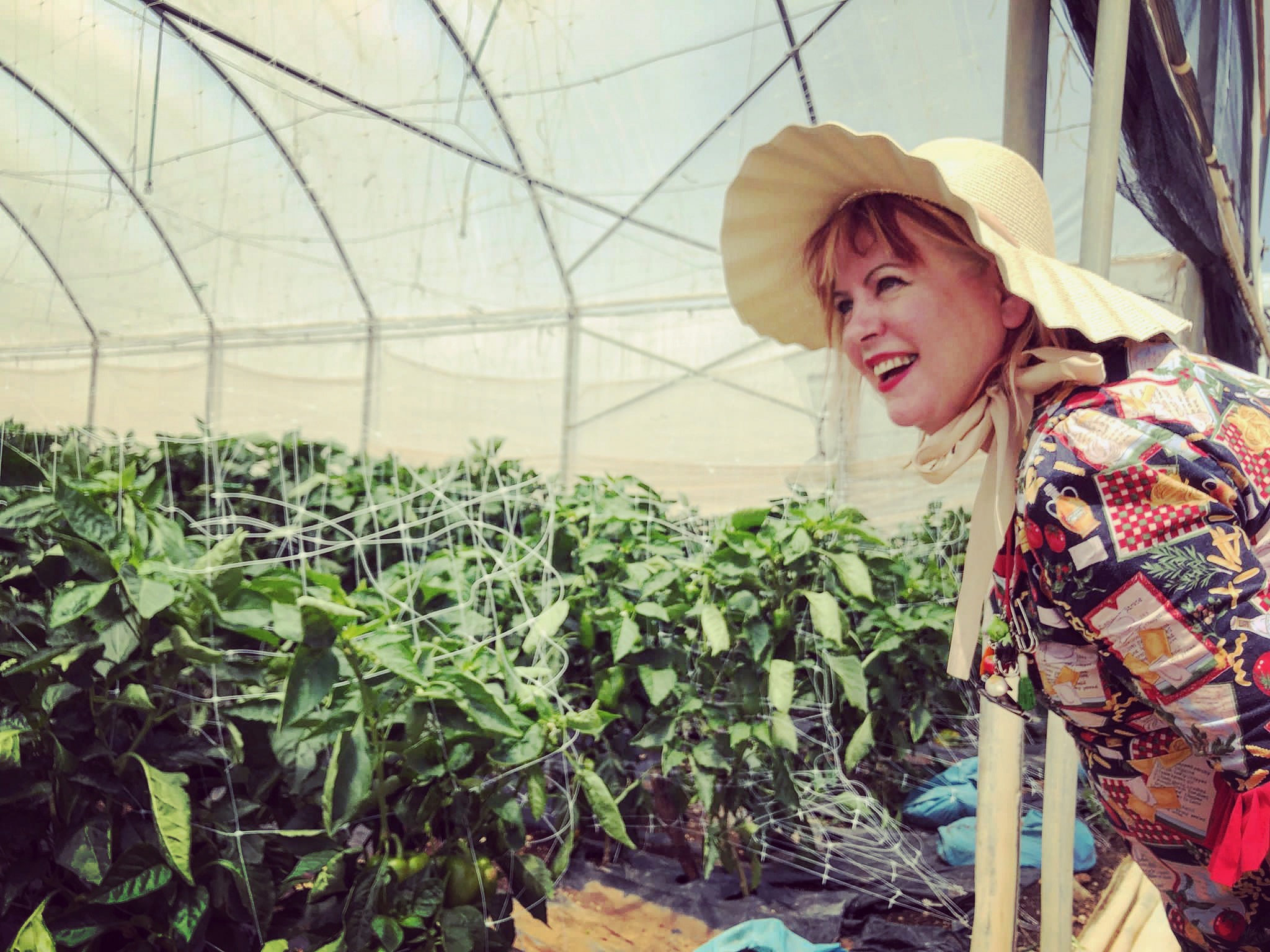
We move to the Cerro farm run by three women, sisters Francesca, Irma, Maria. There are still very few women in Italian farming but their dad didn’t really have a choice – he had no sons. Under their direction, the business has hugely expanded.
Earlier, I visited the Terra Orti Bottega, a farm shop that puts together small vegetable/fruit boxes and also provides schools and government organisations with food. I also got to taste artichoke beer and artichoke liqueur. Neither tasted of artichokes.
- Agostino Landi chef
- home grown lemons in his garden
In the ancient roman town of Capaccio-Paestum, Pizzeria Del Corso, innovative young chef Agostino Landi opened up specially for us. This chef grows many of his own vegetables and produces bread from ancient grains, including hemp and turmeric in his seasoning. I found the bread interesting but severely lacking in salt (almost Tuscan!). I get on my salt soapbox about how salt isn’t bad for you, especially good-quality sea salt. At this point I discovered the pope, like the Queen, gives warrants to companies that provide goods to the Vatican. The pope’s salt comes from Cervia, il sale dei papi.
- artichoke liqueur
- vegetables sott’oli
- scuirill e patan’
- ciambotta
- aqua sale fisherman’s salad
- artichoke beer
We had a selection of local dishes.
Vegetables sott’oli, preserved under oil. Every family has their own recipe of grilled vegetables such as aubergines, courgettes, peppers, artichokes, marinated in garlic and olive oil.
I tasted ciambotta, a delicious Italian vegetable stew, similar to ratatouille, which I will develop my own recipe for. Then I ate a stew of courgette flowers and potatoes called sciurill ‘e patan in dialect.
By this time, I was running to the bathroom regularly to douse my head in cold water and fanning myself as the temperature climbed. In this heat, you lose your appetite: I couldn’t eat the pizza nor the dessert, a sort of trifle made with tea biscuits and creme de patisserie.
- Francesco Punzi and nephew
- HUGE red peppers
- Long-time worker at the vegetable factory
- Deep purple aubergines
- Never use this emoji
One last farm before dozing in the air-conditioned car back to Naples: Francesco Punzi of Punzi and his 15-year-old nephew Simone, destined to take over the business, showed us his giant aubergines under tunnels. There are different ones for frying or baking, stripey ones and plain purple, round and long.
I explained that he should never use the aubergine emoji in messages to the UK.
The farmers of Campania are truly blessed with the weather and soil quality to grow the most delicious fruit and vegetables. If only Kilburn had volcanic earth, I could grow tomatoes that last a year.

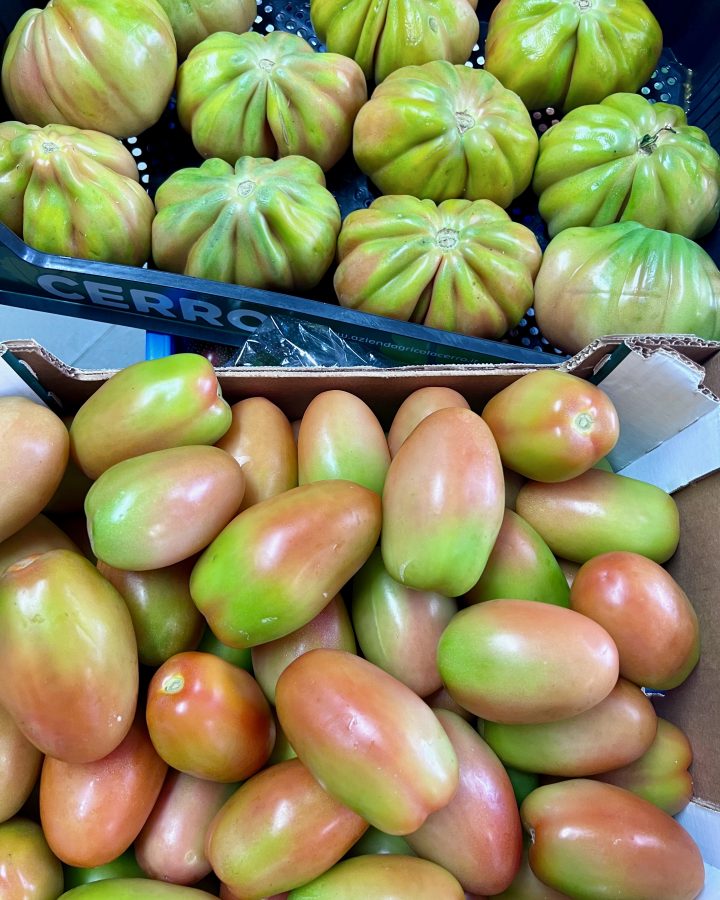
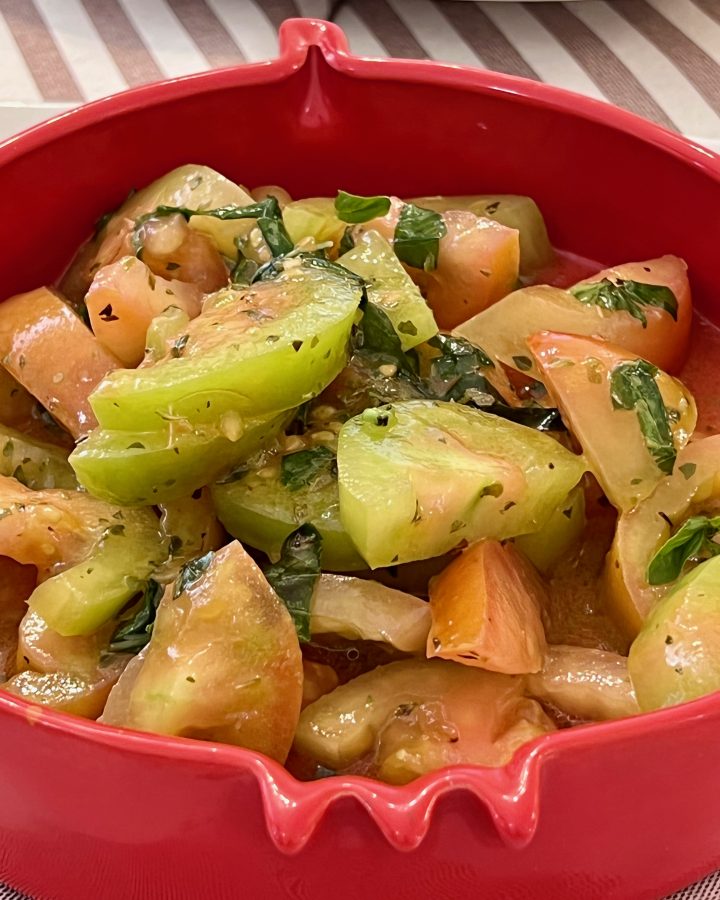
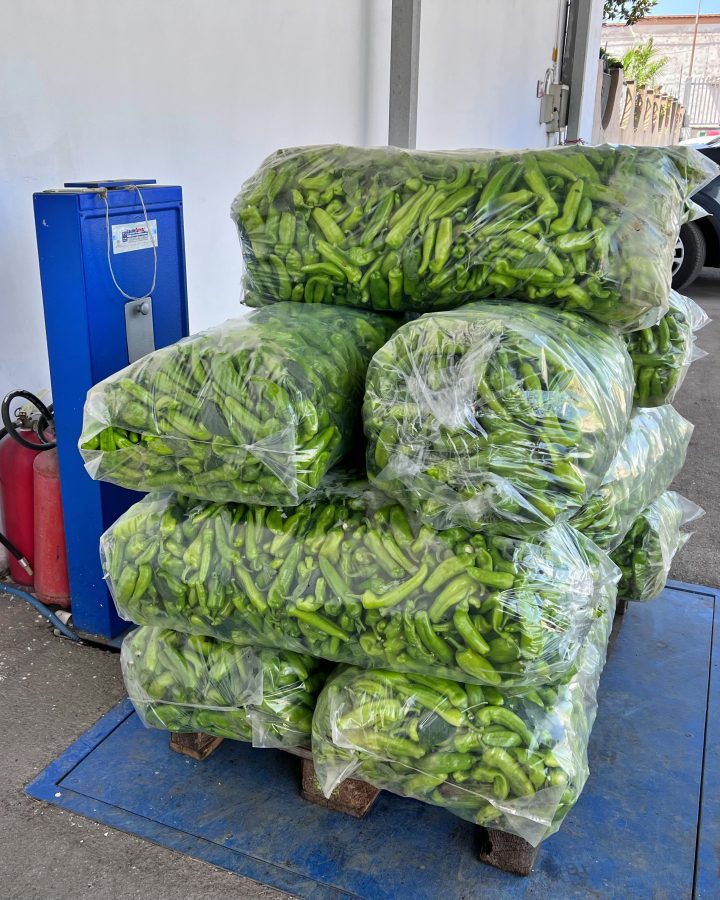
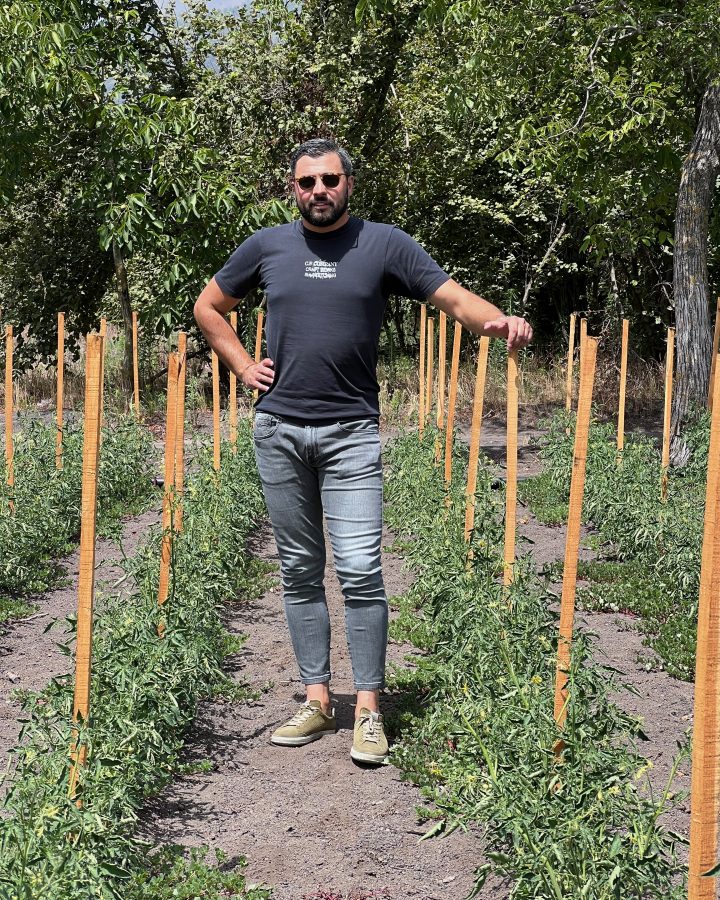
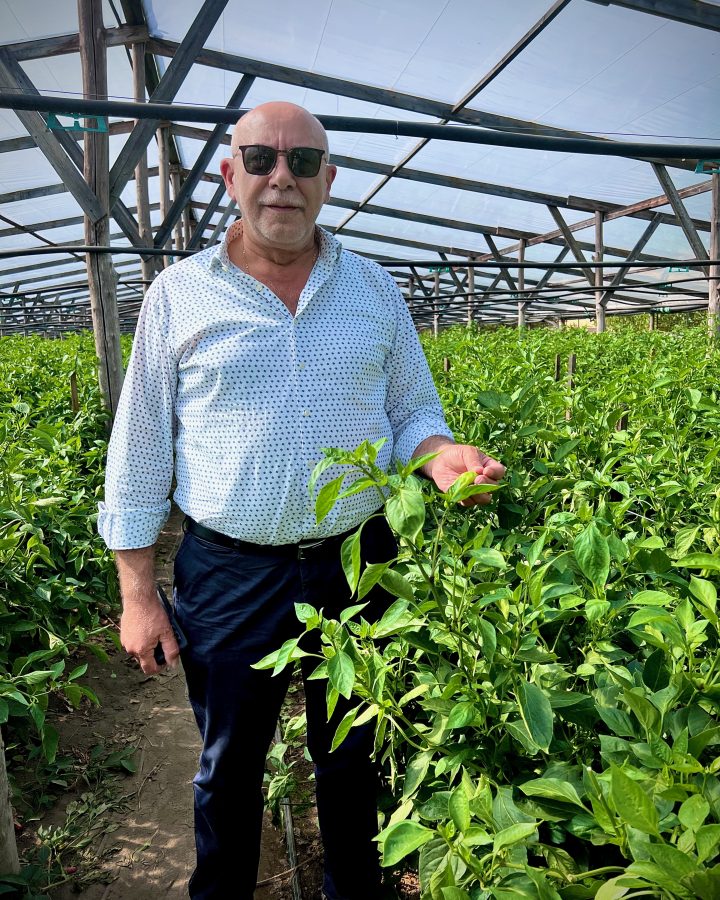
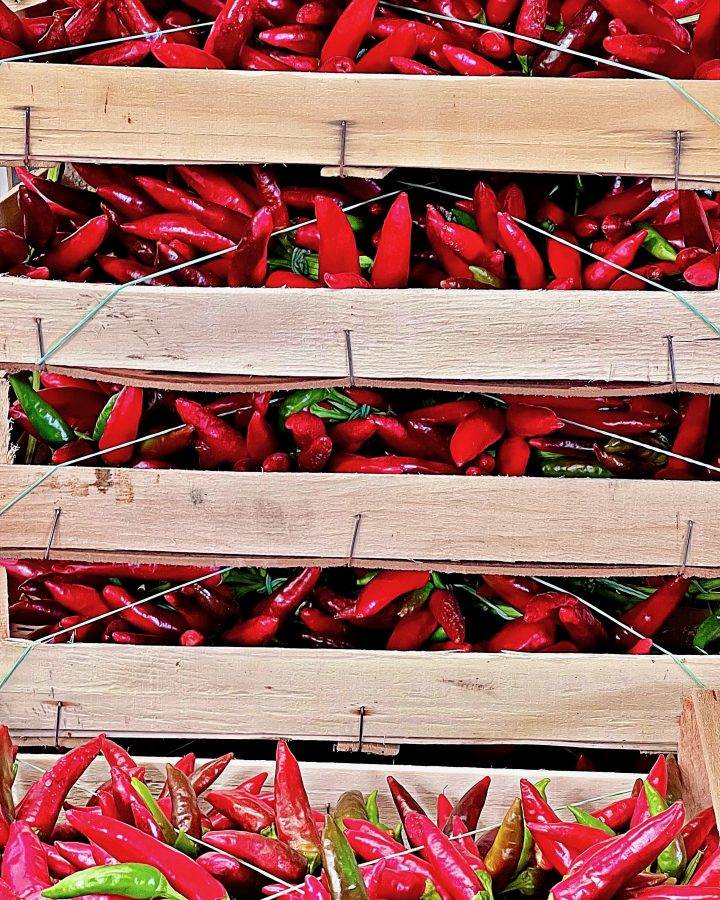
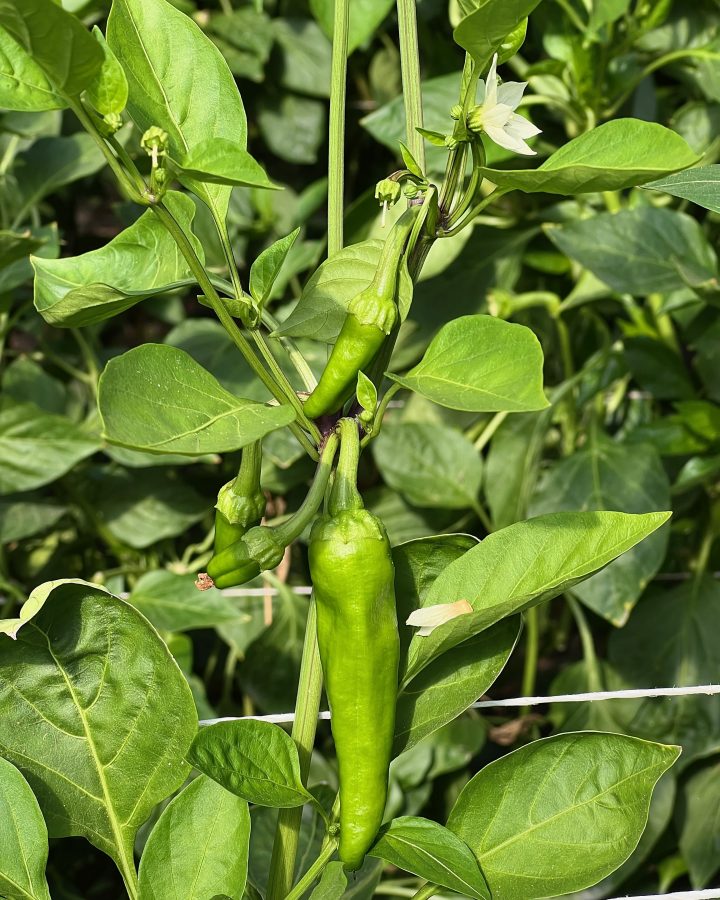
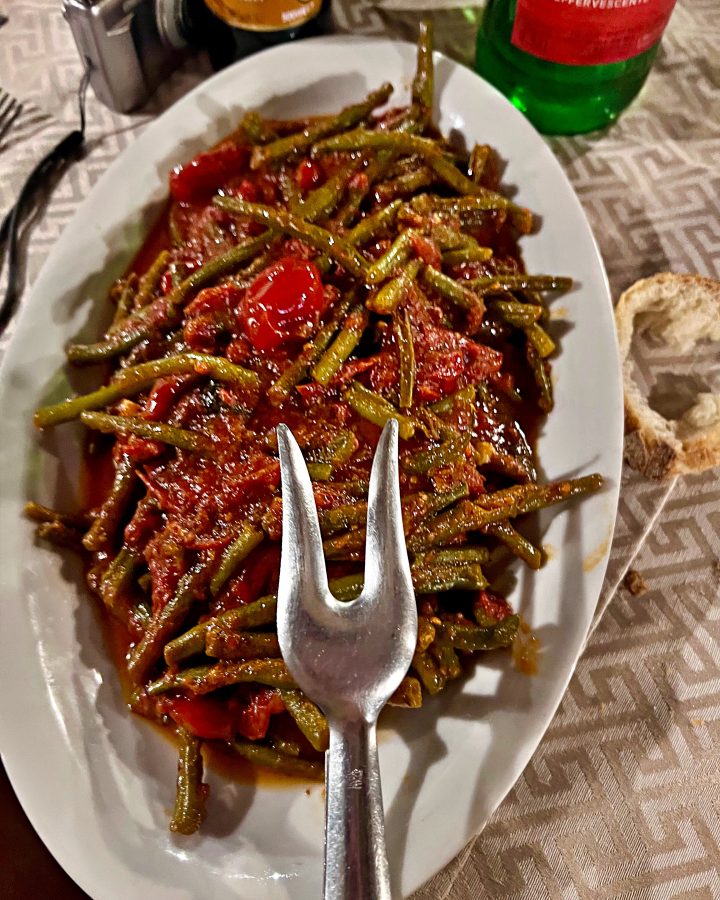
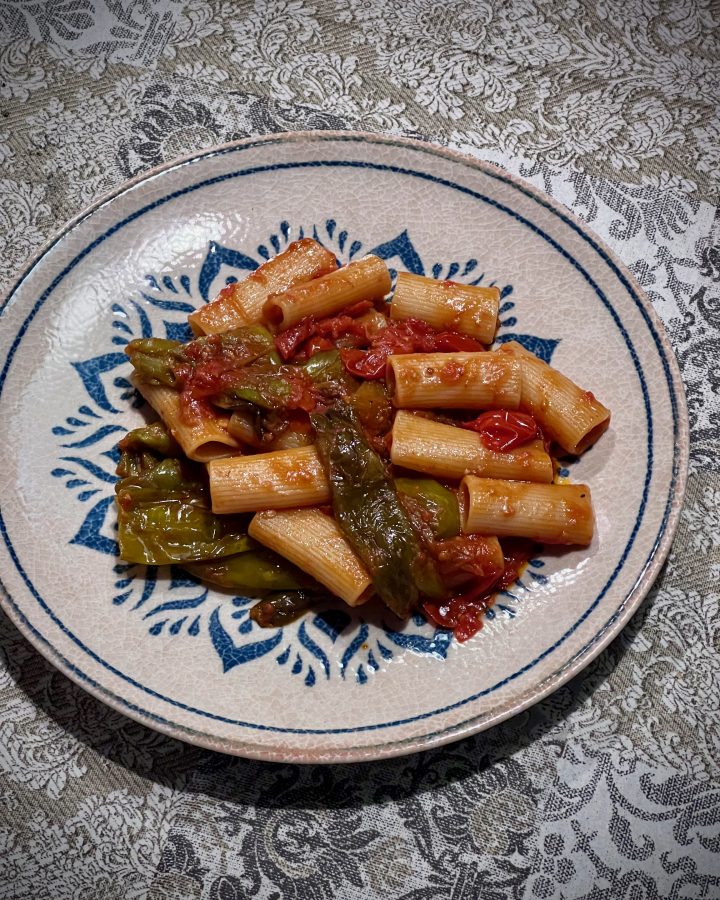
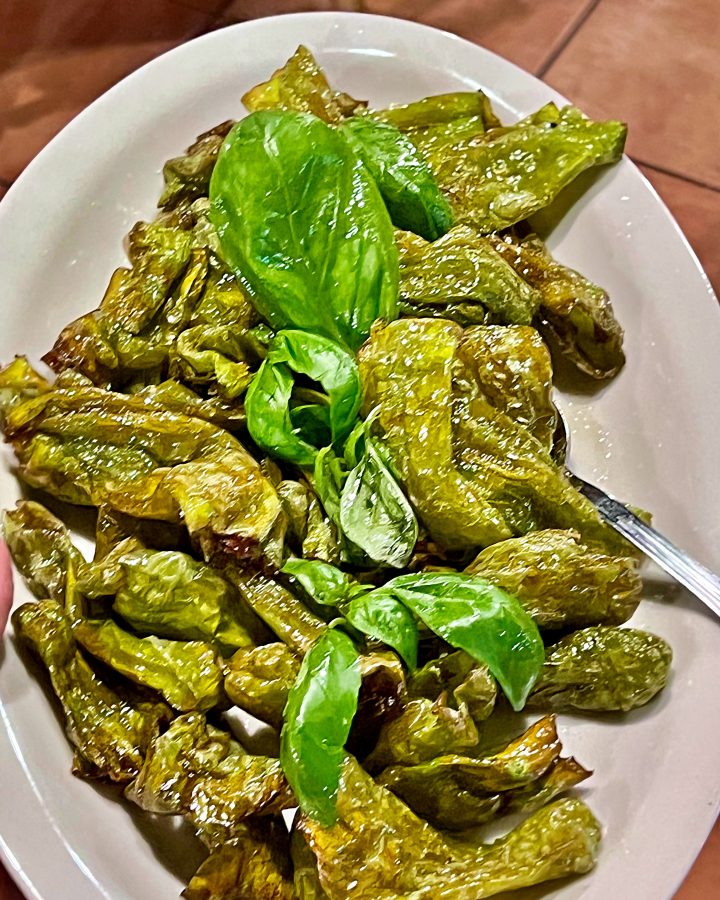
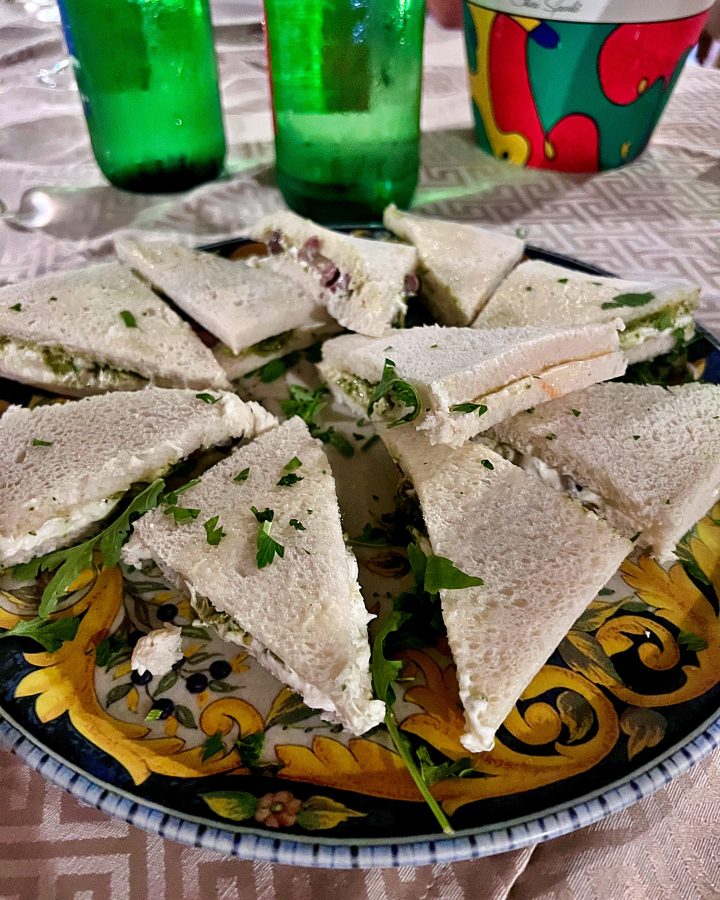

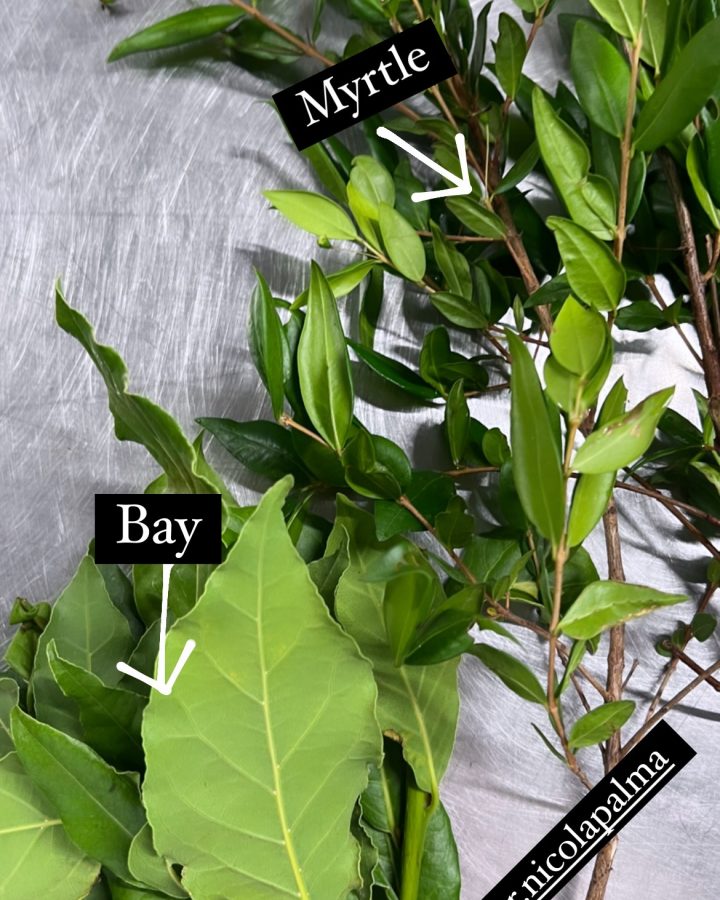
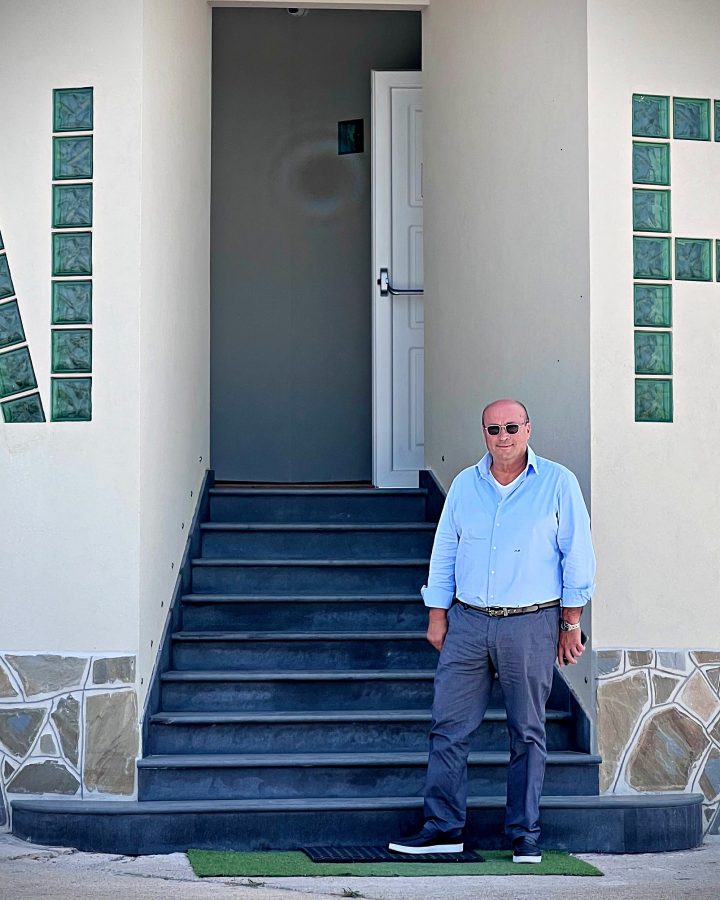
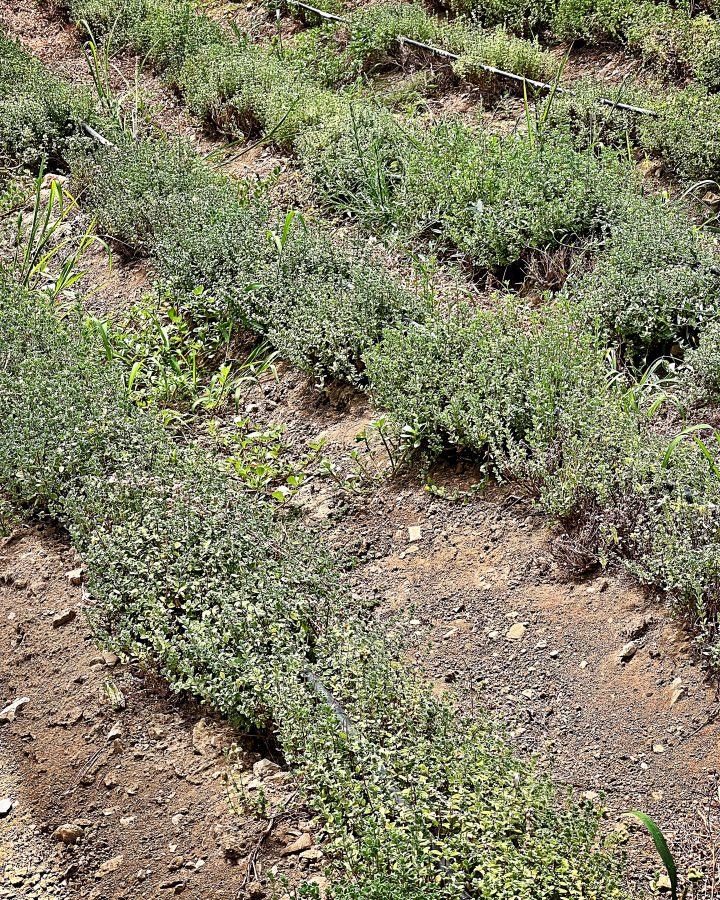
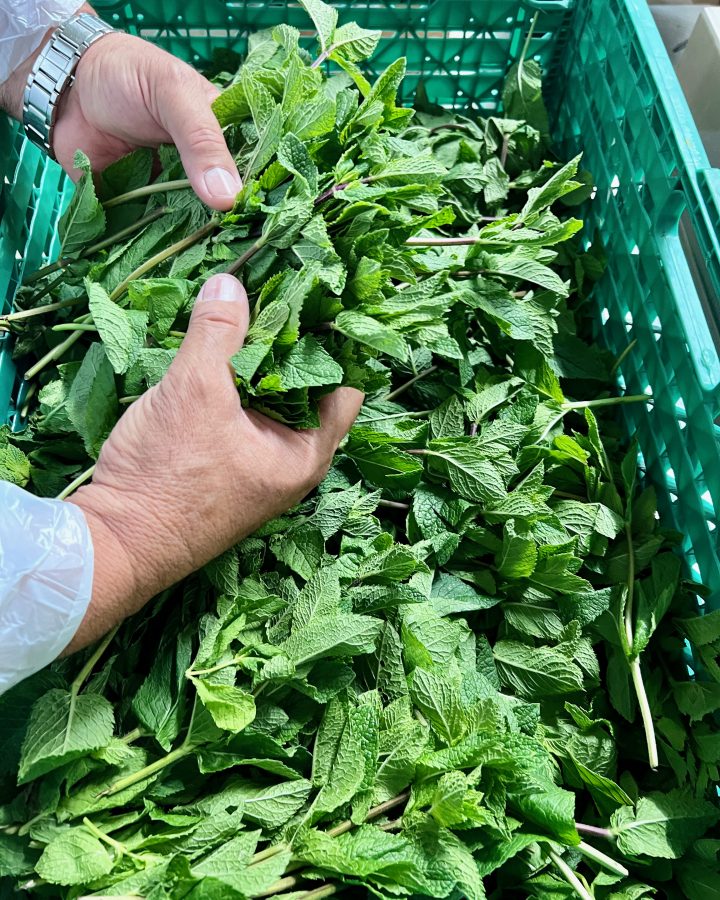
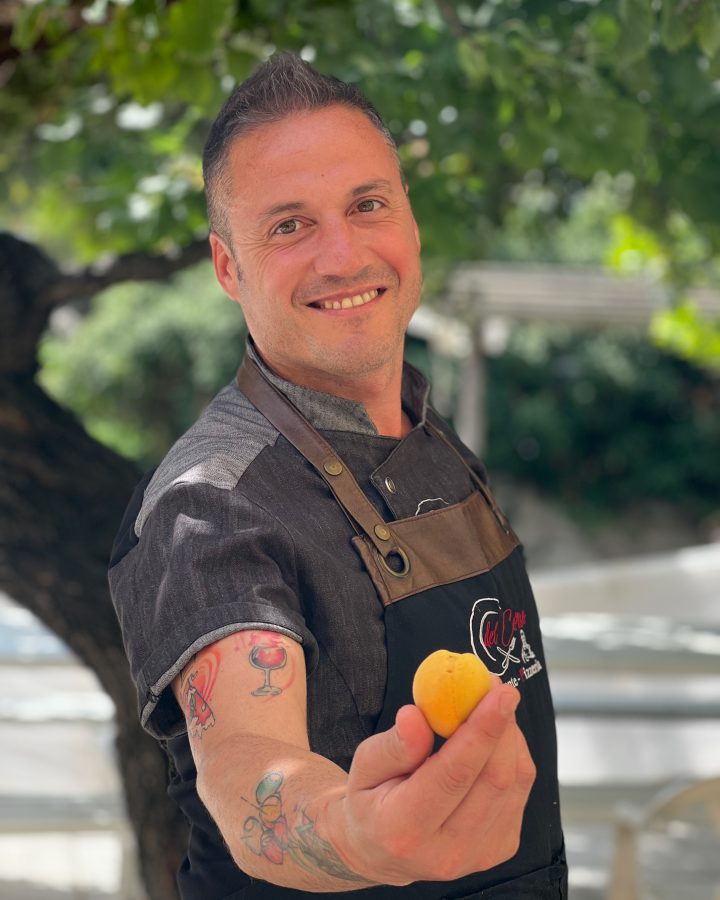
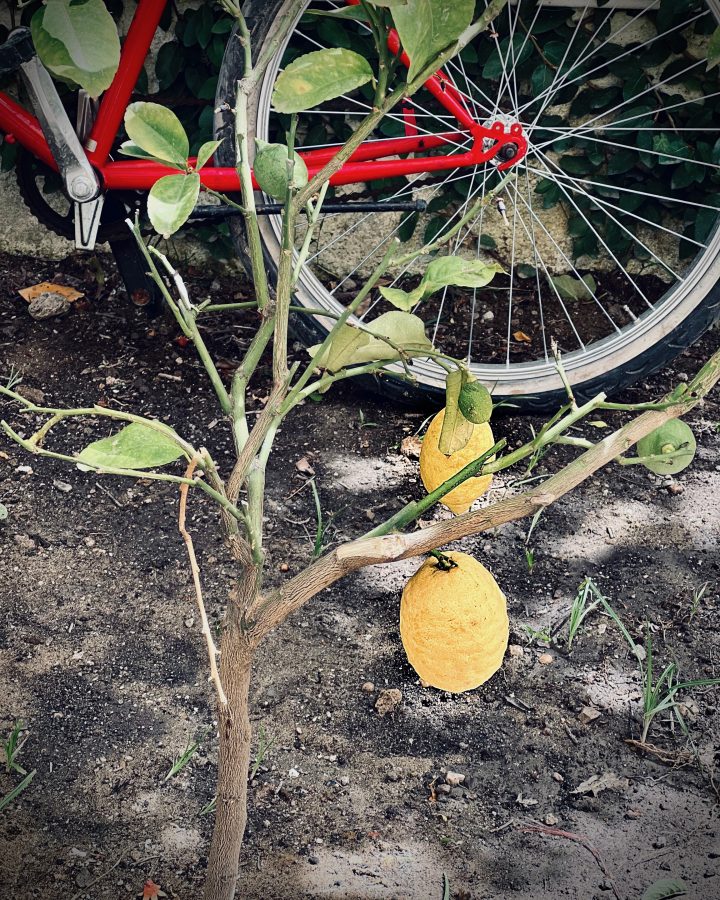
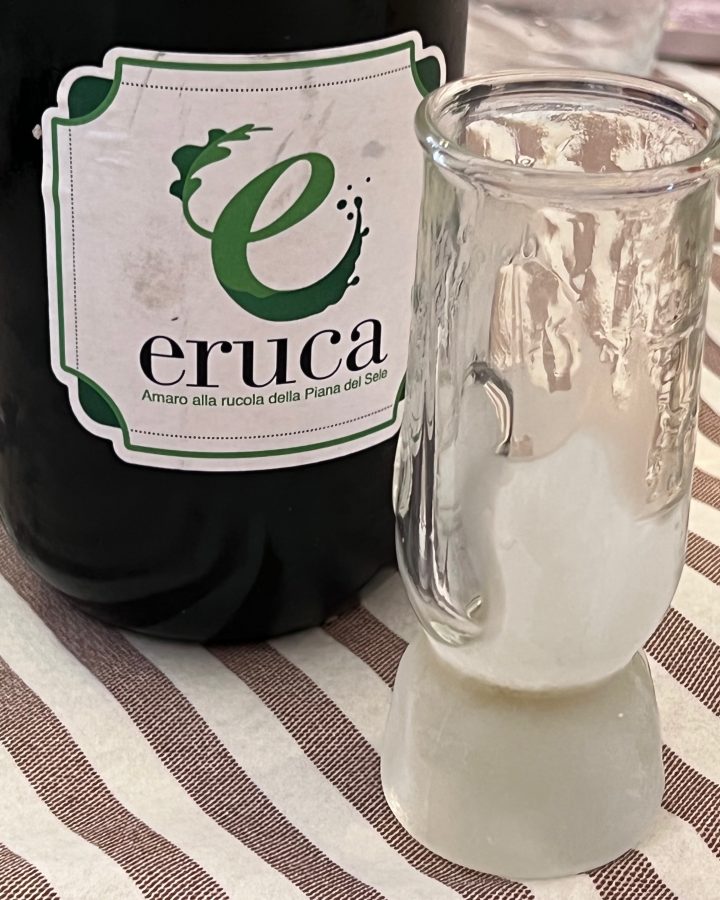

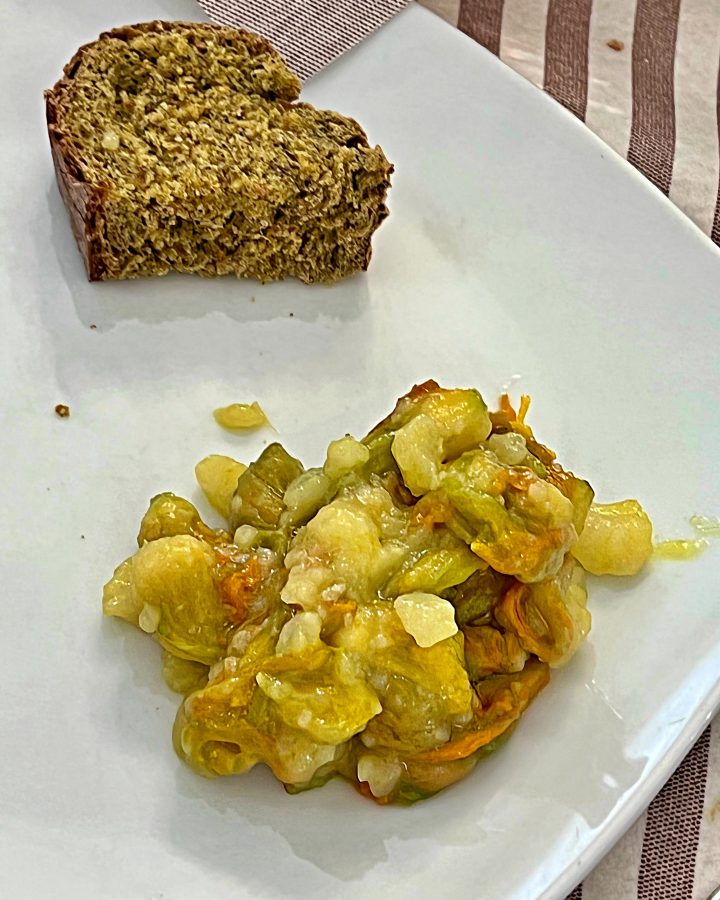
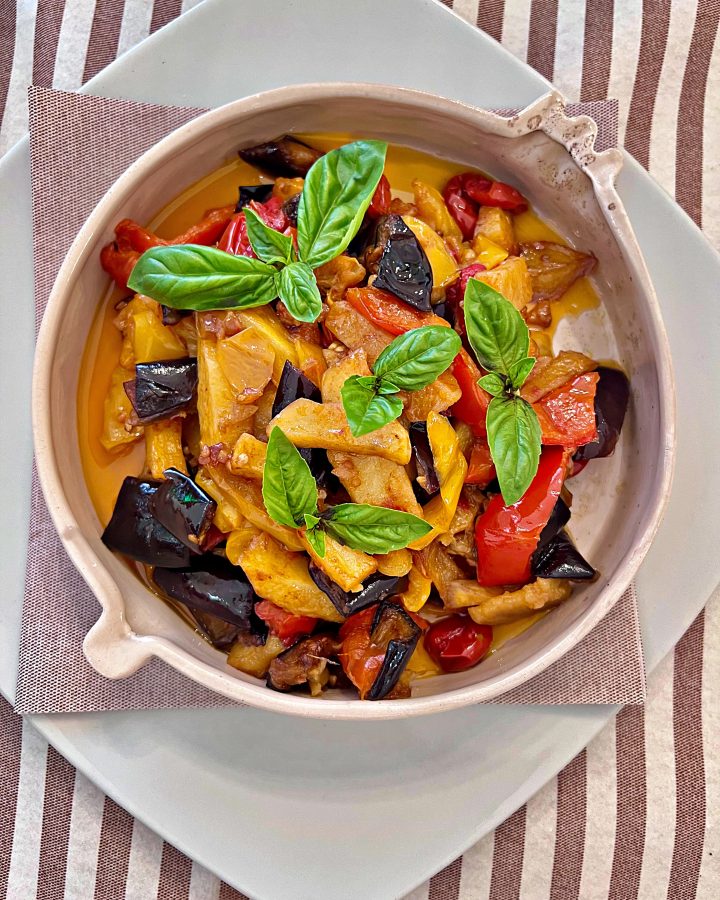
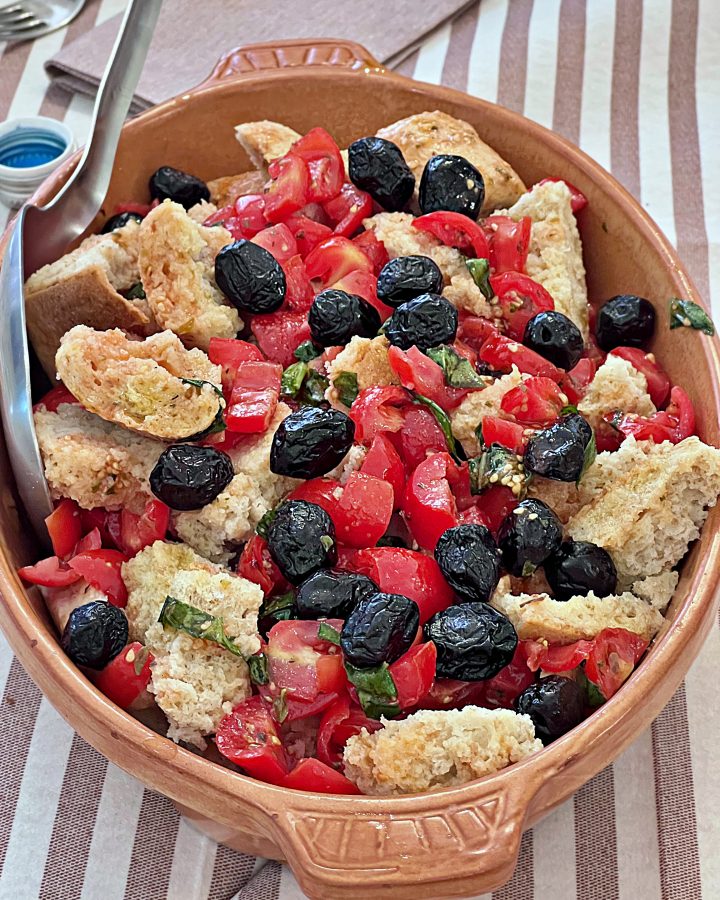

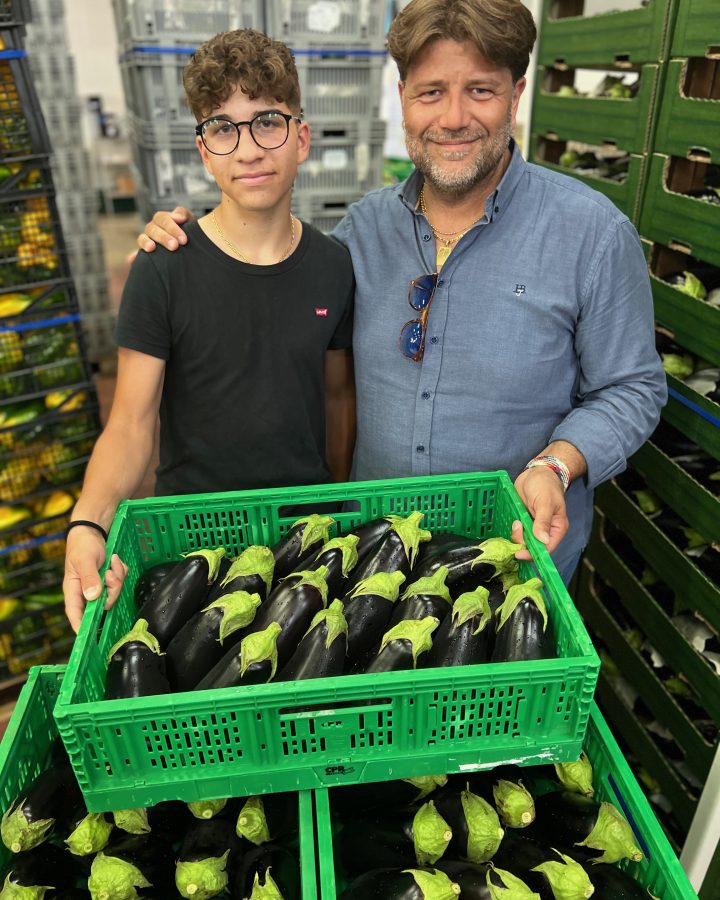
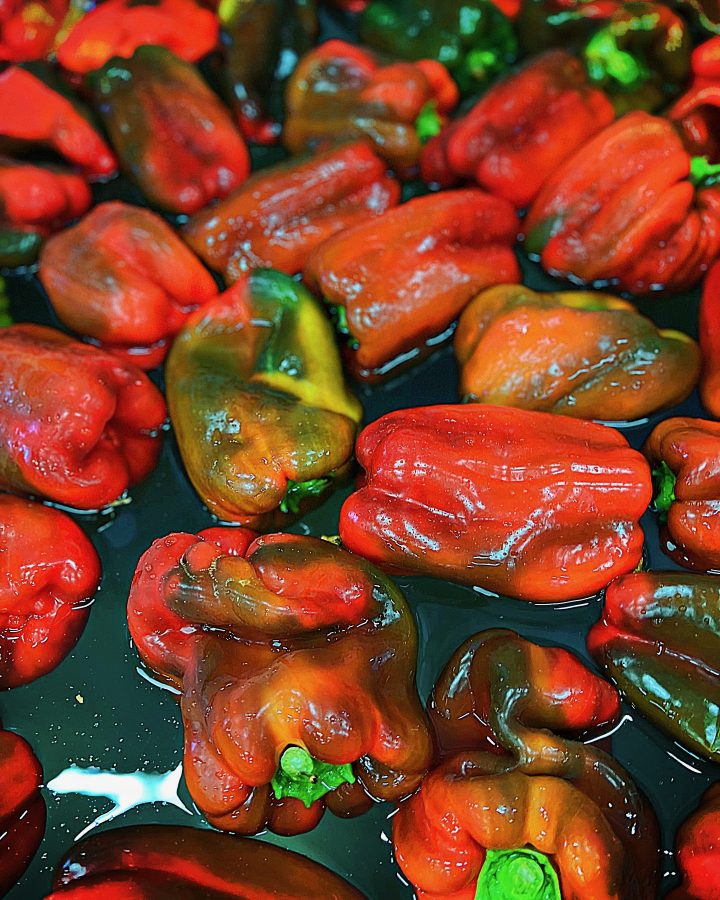
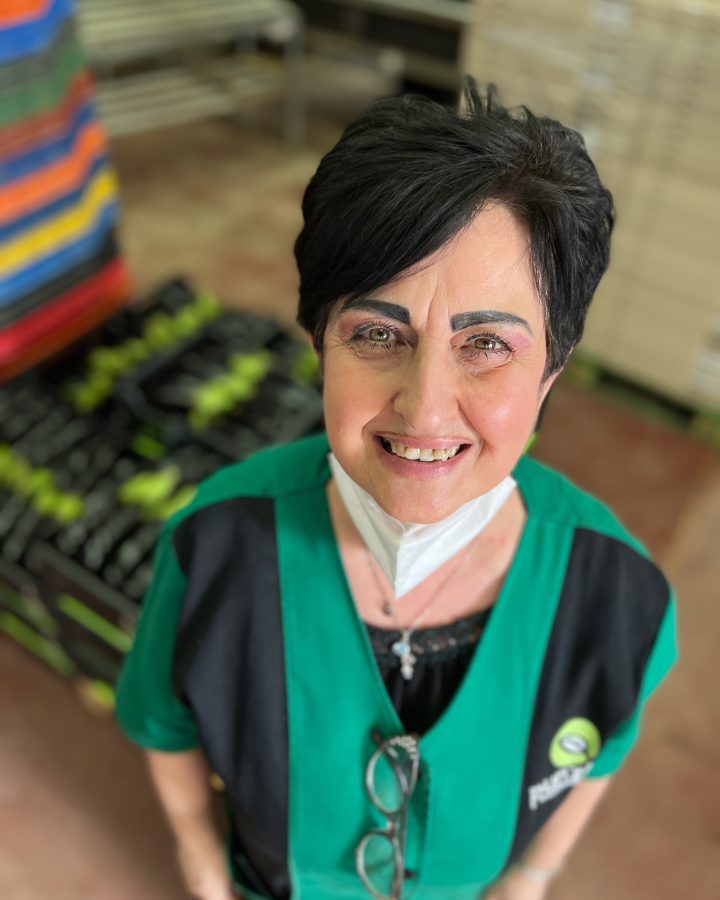
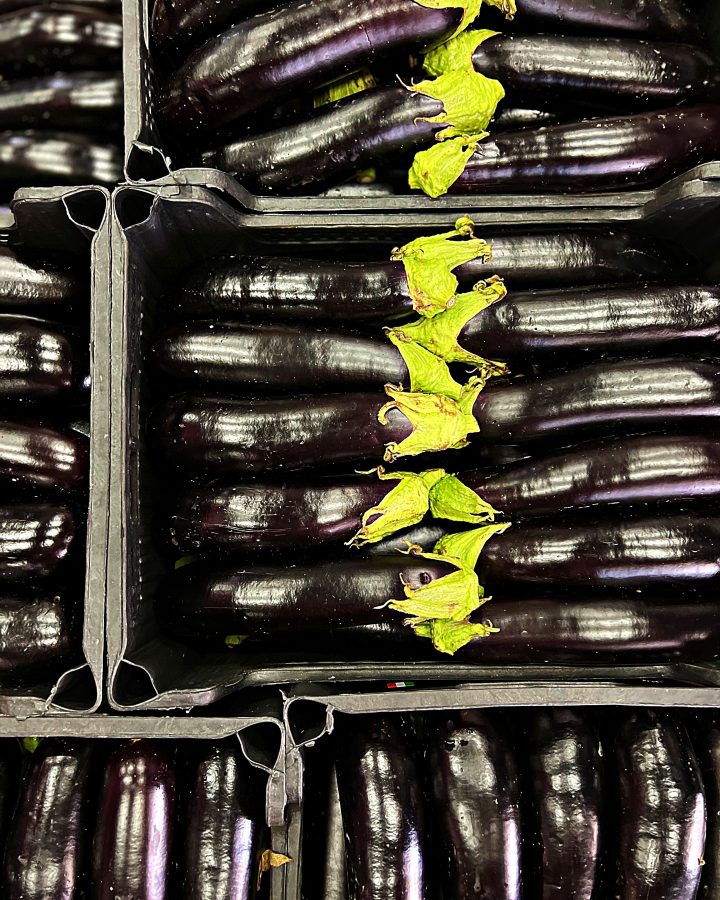




This is all so very interesting, especially the preference for green tomatoes in salads in southern Italy. Arriving late at a hotel in Lecce more than 30 years ago, we were kindly offered a cold collation plate as the restaurant had closed. I was concerned for the kitchen that they only had green (to my mind, unripe and therefore second rate) tomatoes. Best not to take food assumptions and prejudices to the table. I shall adjust my set when next I am in the region in September.
It’s really quite strange isn’t it?
I still prefer ripe tomatoes. My half Spanish interpreter said she was always looking for ripe tomatoes to make her gazpacho & had difficulty in buying them in Naples